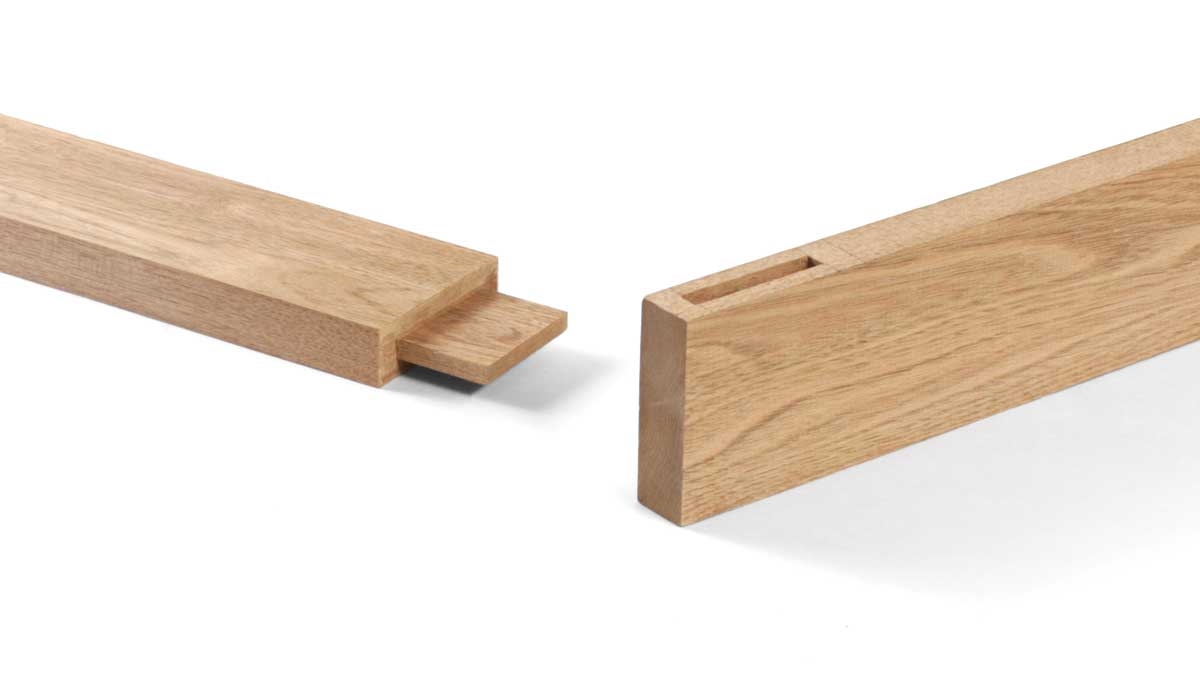

Articles
What Is A Mortise In Woodworking
Modified: December 7, 2023
Learn everything you need to know about mortise in woodworking with our informative articles. Enhance your woodworking skills and create beautiful pieces with precision.
(Many of the links in this article redirect to a specific reviewed product. Your purchase of these products through affiliate links helps to generate commission for Storables.com, at no extra cost. Learn more)
Introduction
Welcome to the world of woodworking, where craftsmen and artisans transform raw materials into beautiful and functional pieces of furniture, cabinetry, and more. In the realm of woodworking, there are various techniques and methods that are essential for creating strong and durable joints. One such technique is the use of mortise joints. In this article, we will explore what a mortise is in woodworking and delve into its purpose, tools used, types of mortise joints, common woodworking projects that utilize mortise joints, as well as the benefits and drawbacks of using this technique.
Whether you are a seasoned woodworker or a beginner looking to expand your knowledge, understanding the concept and application of mortise joints is crucial. So, let’s dive into the world of mortises and explore the wonders they hold in the realm of woodworking.
Key Takeaways:
- Mortise joints are essential in woodworking, providing strength, durability, and visual appeal to furniture, doors, and cabinetry. Understanding their types, tools, and applications is crucial for crafting long-lasting and visually pleasing woodworking projects.
- While mortise joints offer exceptional strength and visual appeal, woodworkers must consider the complexity of construction, the need for specialized tools, potential wood movement issues, and design limitations when incorporating them into their projects.
Definition of a Mortise
A mortise is a rectangular or square-shaped hole that is created in a piece of wood to receive a tenon, forming a strong and secure joint. The mortise is typically cut into the face or edge of a workpiece, while the tenon is a corresponding projection or tongue that fits snugly into the mortise. When combined, the mortise and tenon form a sturdy joint that can withstand the test of time.
The mortise is usually cut using specialized tools such as chisels, mortisers, or dedicated mortising machines. It requires precise measurements and careful craftsmanship to ensure a proper fit and alignment between the mortise and tenon. The depth and width of the mortise can vary depending on the specific project and the strength required for the joint.
Mortise joints have been used by woodworkers for centuries due to their strength and reliability. Whether used in furniture construction, door frames, or cabinetry, mortise joints provide a secure connection that can withstand the stresses of everyday use.
It is important to note that there are various types of mortise joints, each with its own unique characteristics and application. Understanding these different types can help woodworkers choose the most suitable joint for their specific project.
Purpose of a Mortise
The primary purpose of a mortise joint is to create a strong and durable connection between two pieces of wood. By cutting a mortise and fitting a tenon into it, woodworkers can achieve a joint that is not only mechanically secure but also aesthetically pleasing. The mortise and tenon joint has been a trusted method for generations because of its strength and longevity.
Mortise joints are commonly used in woodworking projects where stability and durability are crucial. These joints are often found in furniture construction, such as chairs, tables, cabinets, and bed frames. They provide a solid connection between the different components of the piece, ensuring that it can withstand the weight and stresses imposed on it.
In addition to its mechanical strength, mortise joints also contribute to the overall visual appeal of the finished piece. The joint creates a seamless transition between the connected parts, allowing the natural beauty of the wood to shine through. This aesthetic aspect is particularly important in high-end furniture and bespoke woodworking projects.
Another purpose of a mortise joint is to facilitate disassembly and reassembly if needed. In certain situations, it may be necessary to take apart a piece of furniture for transport or repair. Mortise joints allow for easy dismantling and reassembly without compromising the strength and integrity of the joint. This feature is especially valuable when it comes to large or intricate furniture pieces.
Overall, the purpose of a mortise joint is to provide a strong, visually appealing, and versatile connection between pieces of wood. With its combination of strength, durability, and aesthetic appeal, it is a favored jointing method for woodworkers around the world.
Tools Used for Creating a Mortise
Creating a mortise requires the use of specific tools designed to cut and shape the hole accurately and efficiently. While there are various traditional and modern tools available, the following are some of the most commonly used tools for creating mortises:
- Chisels: Chisels are versatile and indispensable tools for woodworking, and they play a significant role in cutting mortises. Bevel-edge or firmer chisels are commonly used to remove waste from the mortise. Woodworkers use chisels in conjunction with mallets to carefully chip away the wood, creating a precise and clean mortise.
- Mortise Chisels: Mortise chisels are specifically designed with a thick, sturdy blade to withstand the force of mallet strikes. They often have squared-off sides to help achieve straight and clean edges when forming the mortise. Mortise chisels come in various sizes, allowing woodworkers to choose the appropriate width for their specific project.
- Mortisers: A mortiser is a specialized machine designed to create mortises with precision and efficiency. It features a chisel-like drill bit that removes wood by plunging into the material, guided by a fence and depth stop. Mortisers are available in both benchtop and floor-standing models and are particularly useful for producing consistent and accurate mortises in large-scale woodworking projects.
- Router: Routers equipped with a mortising attachment or a dedicated plunge router can also be used to cut mortises. Using a router allows for faster and more precise mortise cutting, especially when dealing with a large number of mortises. Routers can be adjusted to control the size and depth of the mortise, making them a versatile tool for this task.
- Drill and Drill Bits: For smaller mortises, a drill with a suitable drill bit can be used to remove the bulk of the waste material. This can then be cleaned up and squared off with chisels or other specialized tools. Drill bits designed specifically for mortising are available in various sizes to accommodate different tenon sizes.
- Mortising Machines: Mortising machines are dedicated machines that automate the process of creating mortises. These machines typically have a chisel-like drill bit that quickly and accurately cuts mortises. They are commonly used in professional woodworking shops or for large-scale production where efficiency and consistency are crucial.
The choice of tool depends on the specific project requirements, the size of the mortise, and the woodworker’s preference and experience. By selecting the appropriate tools and employing proper techniques, woodworkers can create clean, precise, and sturdy mortises for their woodworking projects.
Types of Mortise Joints
Mortise joints come in various forms, each with its own unique characteristics and applications. Woodworkers can choose the type of mortise joint that best suits their project needs based on factors such as strength requirements, aesthetics, and functionality. Below are some of the most common types of mortise joints:
- Mortise and Tenon Joint: The mortise and tenon joint is the most widely used type of mortise joint in woodworking. It consists of a mortise hole in one piece of wood and a corresponding tenon projection on the other piece. This joint can be used in a range of applications, from furniture construction to door frames. The mortise and tenon joint provides excellent strength and stability due to its large gluing surface area and the mechanical interlocking of the tenon within the mortise.
- Haunched Mortise and Tenon Joint: This variation of the mortise and tenon joint incorporates a haunch, which is an additional section on the tenon that extends beyond the mortise. The haunch provides added strength and support to the joint, particularly when used in structures that experience lateral forces, such as chairs or tables.
- Wedged Mortise and Tenon Joint: In a wedged mortise and tenon joint, a wedge is driven into a groove or slot near the end of the tenon after it has been inserted into the mortise. The wedge expands the tenon, creating a tight and secure fit within the mortise. This type of joint is commonly used in heavy-duty woodworking applications where maximum joint strength is required.
- Sliding Mortise and Tenon Joint: A sliding mortise and tenon joint incorporates elongated mortises and corresponding tenons that allow for movement or adjustment. This type of joint is commonly found in situations where expansion and contraction of the wood due to changes in humidity or temperature need to be accommodated. It is often used in the construction of doors and panels.
- Floating Tenon Joint: A floating tenon joint, also known as a loose or slip tenon joint, replaces the solid tenon with a separate, pre-made piece that fits into mortises in both pieces of wood being joined. This joint offers convenience and flexibility as the floating tenon can be easily inserted and removed during assembly or disassembly. It is often used in modern furniture and cabinetry construction.
These are just a few examples of the many types of mortise joints that woodworkers utilize in their projects. Each type of joint has its strengths and is selected based on specific project requirements and desired results. By understanding the different types of mortise joints, woodworkers can choose the most appropriate joint for the intended application and achieve strong, durable, and visually appealing joints in their woodworking projects.
A mortise in woodworking is a cavity or slot cut into a piece of wood to receive a tenon. Use a sharp chisel and work slowly and carefully to ensure a precise and clean mortise.
Read more: How To Mortise A Door Lock
Common Woodworking Projects Utilizing Mortise Joints
Mortise joints are widely used in various woodworking projects to create strong and durable connections between different components. Here are some common woodworking projects that frequently utilize mortise joints:
- Furniture Construction: Mortise joints are a staple in furniture construction, ensuring the longevity and stability of the pieces. Tables, chairs, cabinets, dressers, and beds often incorporate mortise and tenon joints in their frames, legs, and support structures. These joints provide the necessary strength to withstand regular use and maintain the overall structural integrity of the furniture.
- Doors and Frames: Mortise joints are commonly used in the construction of doors and door frames. The mortise and tenon joints can be found in the connection between the door stiles and the rails, providing a solid foundation. This type of joint offers increased stability and prevents warping or sagging over time, ensuring a proper fit and smooth operation of the door.
- Window Frames: Wood window frames often rely on mortise joints for their assembly. The joints help secure the various components of the frame, such as the sashes and mullions, ensuring a sturdy and durable structure. Mortise joints in window frames offer longevity and resistance to the frequent opening and closing of the windows.
- Cabinetry: Mortise joints are used in the construction of cabinetry, such as kitchen cabinets, bathroom vanities, and storage units. These joints provide the necessary strength and stability to support the weight of the cabinet components and the items stored within them. Mortise joints also contribute to the overall aesthetic appeal of the cabinetry by creating clean and seamless connections between the different pieces.
- Wooden Gates and Fences: Mortise joints are often employed in the construction of wooden gates and fences, ensuring the longevity and strength of these outdoor structures. The joints not only provide stability but also help withstand the natural elements and the stress caused by opening, closing, and the weight of the gate or fence panels.
These are just a few examples of woodworking projects that commonly utilize mortise joints. The versatility and strength of mortise joints make them an essential technique in a wide range of woodworking applications, from small furniture pieces to large-scale structures. Woodworkers rely on the durability and stability offered by mortise joints to create reliable and visually pleasing pieces of craftsmanship.
Benefits and Drawbacks of Using Mortise Joints
Using mortise joints in woodworking offers several benefits, but it is important to consider the drawbacks as well. Understanding both sides will help woodworkers make informed decisions when choosing the right joint for their projects. Here are the benefits and drawbacks of using mortise joints:
Benefits:
- Strength and Durability: Mortise joints are known for their exceptional strength and durability. The mechanical interlocking of the tenon within the mortise creates a robust connection that can withstand heavy loads and frequent use. This makes mortise joints ideal for furniture, doors, and other structures that require long-lasting stability.
- Visual Appeal: Mortise joints provide a clean and seamless appearance, enhancing the overall visual appeal of a woodworking project. The joint creates a smooth transition between the connected pieces, allowing the natural beauty of the wood to shine through. This makes mortise joints particularly desirable in high-end furniture and bespoke woodworking projects.
- Disassembly and Repair: Mortise joints allow for easy disassembly and repair if needed. In certain situations, such as moving or repairing furniture, the ability to take apart and reassemble joints can be essential. Mortise joints enable woodworkers to dismantle and reassemble pieces without compromising the strength and integrity of the joint.
- Longevity: Due to their strong and secure connection, mortise joints contribute to the overall longevity of a woodworking project. Properly constructed mortise joints can withstand the test of time, ensuring the durability and reliability of the piece for years to come.
Drawbacks:
- Complexity: Mortise joints can be more complex and time-consuming to create compared to other types of joints. Achieving precise measurements and a perfect fit requires careful attention to detail and skilled craftsmanship. Beginners may find mortise joints challenging and may need to invest time in learning and practicing the technique.
- Specialized Tools: Creating mortise joints often requires specialized tools such as chisels, mortisers, or dedicated mortising machines. These tools can be expensive and may not be readily available to all woodworkers. However, with proper research and investment, these tools can greatly enhance the efficiency and accuracy of creating mortise joints.
- Wood Movement: Wood is a living material that expands and contracts due to changes in humidity and temperature. While mortise joints provide strong connections, they may not accommodate wood movement as effectively as other joint types. It is crucial to consider wood movement when designing and constructing projects with mortise joints to avoid issues such as joint failure or damage.
- Limitations on Design Flexibility: Mortise joints have certain design limitations, especially when used in intricate or complex woodworking projects. The geometric shape and size of the mortise and tenon restrict the range of design possibilities. Woodworkers must carefully plan their projects to ensure that mortise joints can be incorporated without compromising the overall design or functionality.
By weighing the benefits and drawbacks of using mortise joints, woodworkers can make informed decisions when selecting the most appropriate joint for their projects. While mortise joints offer exceptional strength and visual appeal, it is important to consider the complexity of construction, the need for specialized tools, potential wood movement issues, and design limitations.
Read more: What Is Woodworking
Conclusion
Mortise joints are an integral part of the woodworking world, providing strength, durability, and aesthetic appeal to various projects. Whether you’re building furniture, constructing doors and frames, or crafting cabinetry, understanding the concept and application of mortise joints is essential for achieving long-lasting and visually pleasing results.
By cutting a rectangular or square-shaped hole (mortise) in one piece of wood and fitting a corresponding projection (tenon) into it, woodworkers create a secure and sturdy joint. The mortise and tenon joint is the most common type of mortise joint, offering excellent mechanical strength and stability. Other variations, such as the haunched mortise and tenon joint, wedged mortise and tenon joint, sliding mortise and tenon joint, and floating tenon joint, provide additional benefits and versatility for specific project requirements.
While mortise joints offer several advantages, such as strength, durability, visual appeal, and the ability to disassemble and repair, they do come with some drawbacks. The complexity of construction, the need for specialized tools, limitations on design flexibility, and considerations for wood movement must be taken into account when using mortise joints.
Despite the drawbacks, understanding how to create and utilize mortise joints is a valuable skill for woodworkers of all levels. Whether you choose to use traditional hand tools like chisels or invest in specialized mortising machines, the craftsmanship and care taken in creating precise mortise joints will greatly contribute to the overall quality and longevity of your woodworking projects.
As you continue to explore the world of woodworking, don’t underestimate the power and beauty of a well-executed mortise joint. Incorporating these joints into your projects will not only enhance their durability and stability but also showcase your craftsmanship and attention to detail.
So, grab your tools, measure carefully, and let the mortise and tenon joint be your gateway to creating stunning pieces of woodworking artistry that will stand the test of time.
Frequently Asked Questions about What Is A Mortise In Woodworking
Was this page helpful?
At Storables.com, we guarantee accurate and reliable information. Our content, validated by Expert Board Contributors, is crafted following stringent Editorial Policies. We're committed to providing you with well-researched, expert-backed insights for all your informational needs.
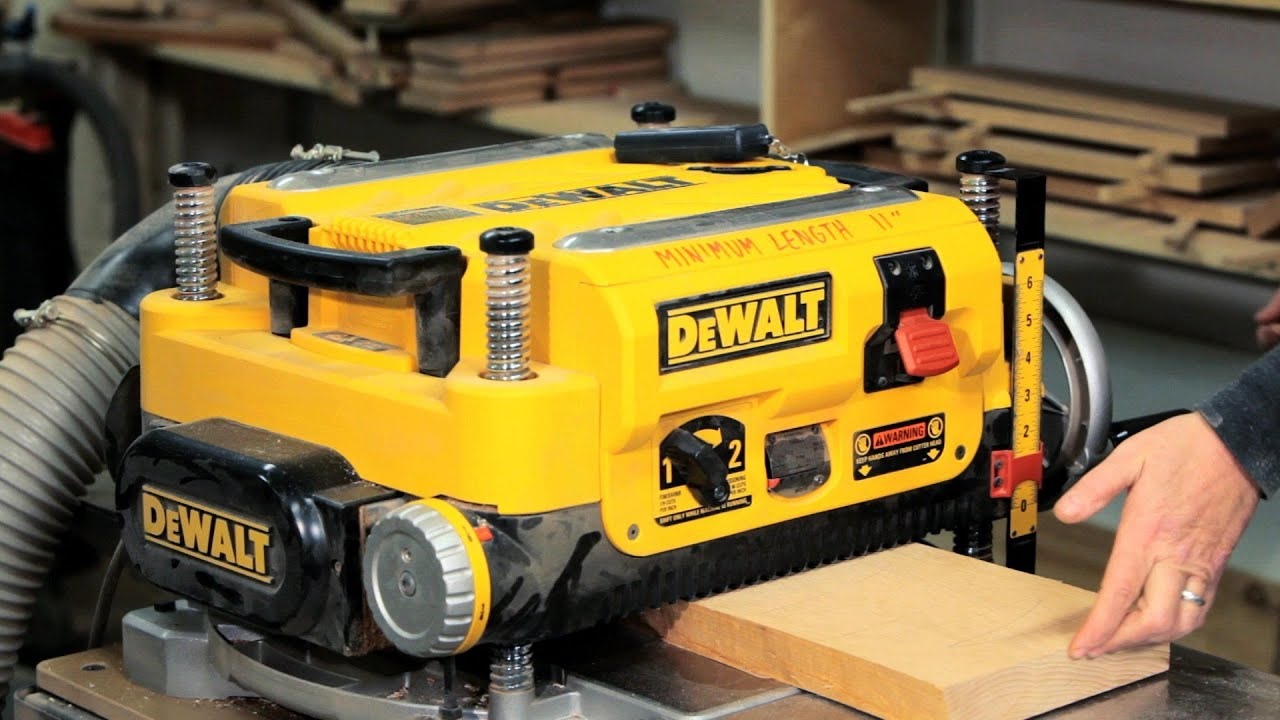


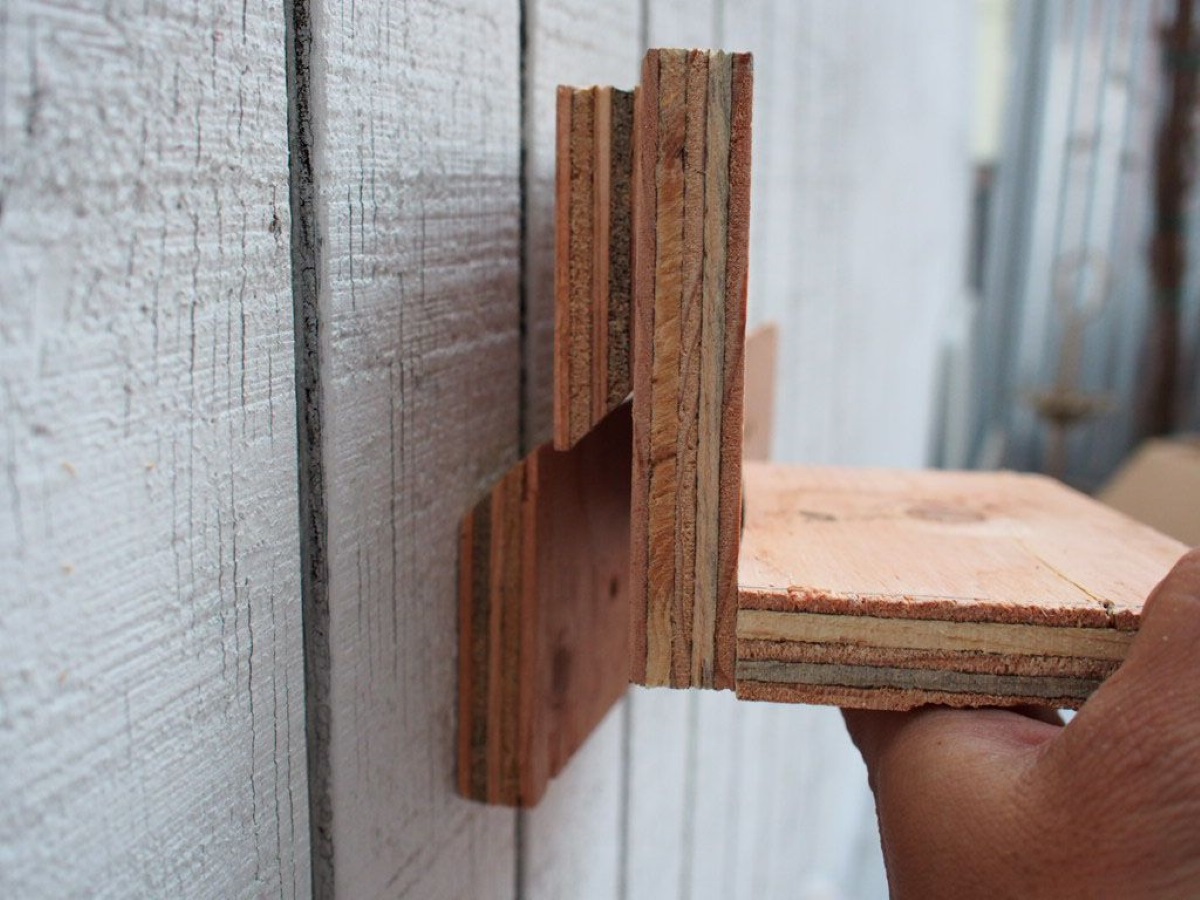
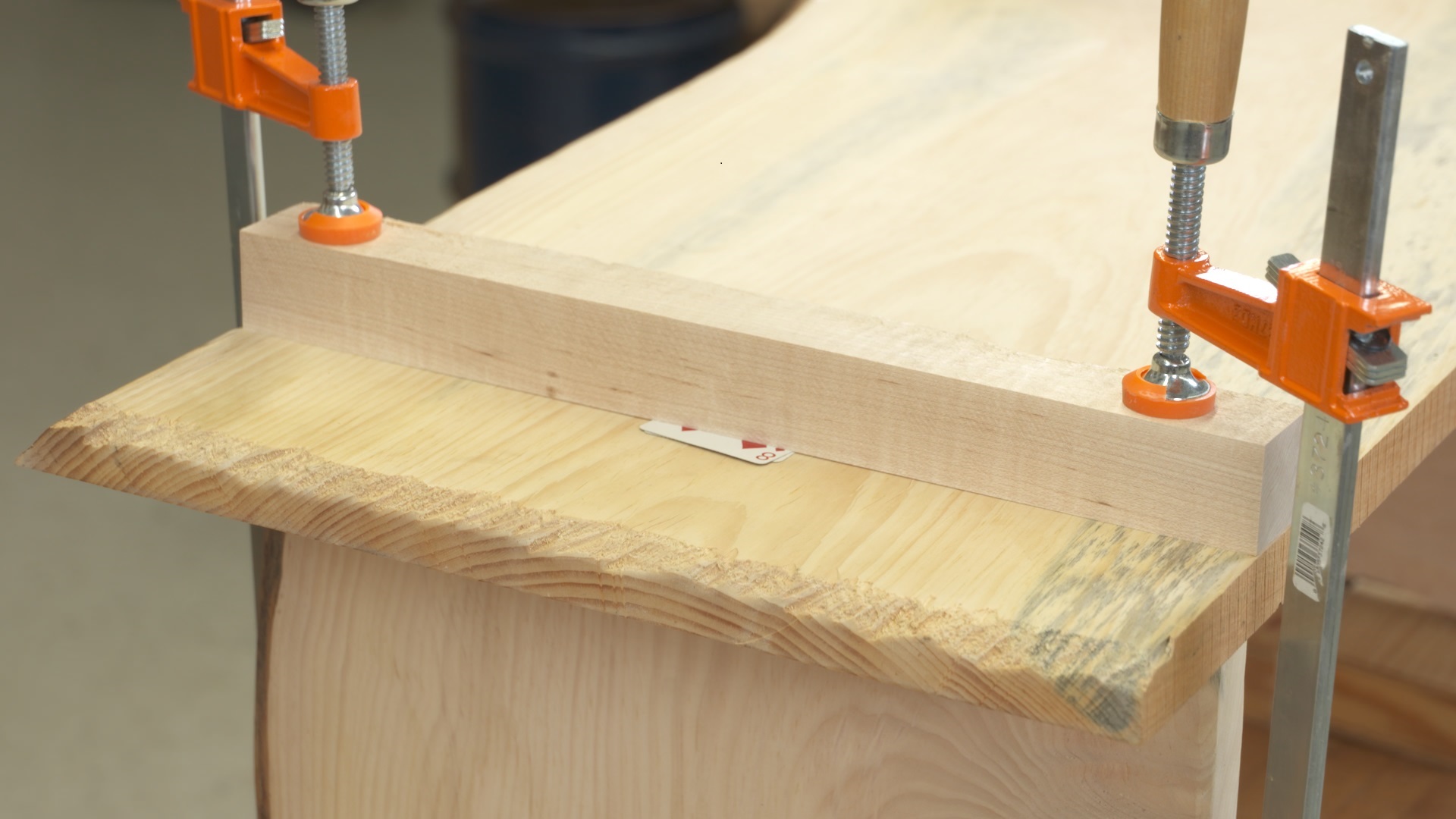
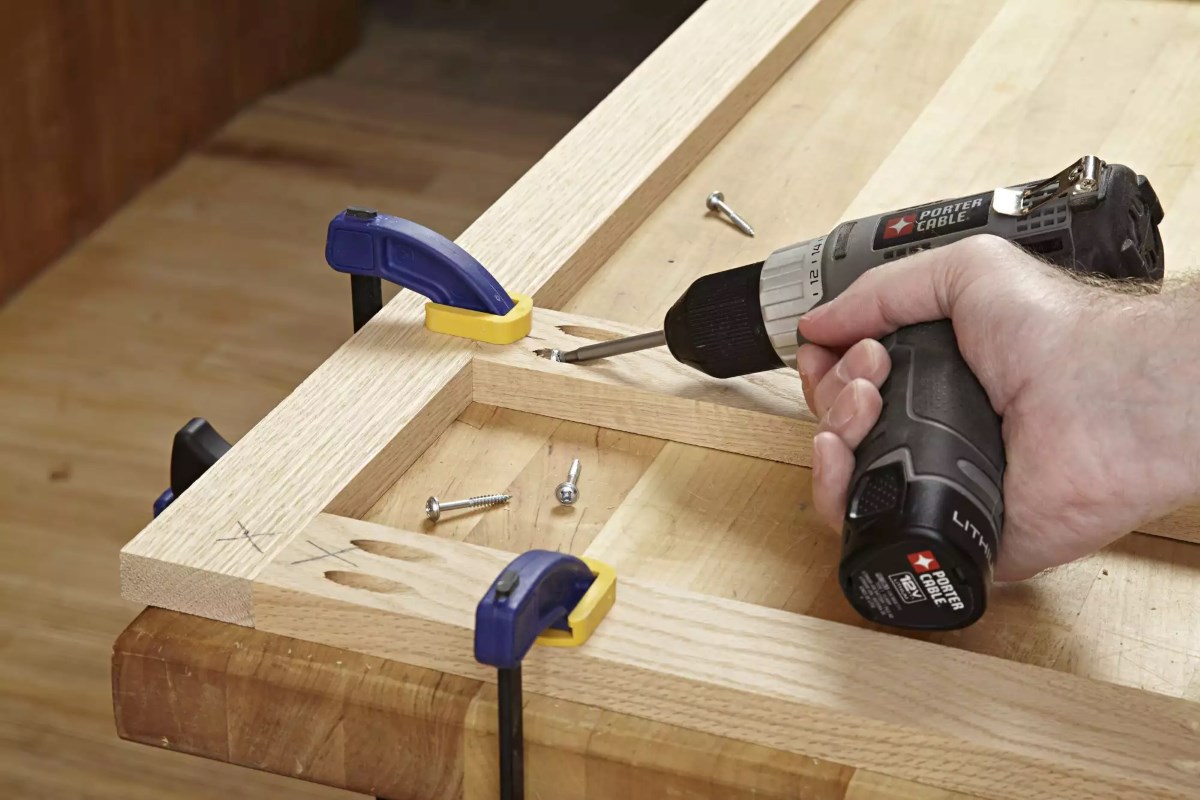
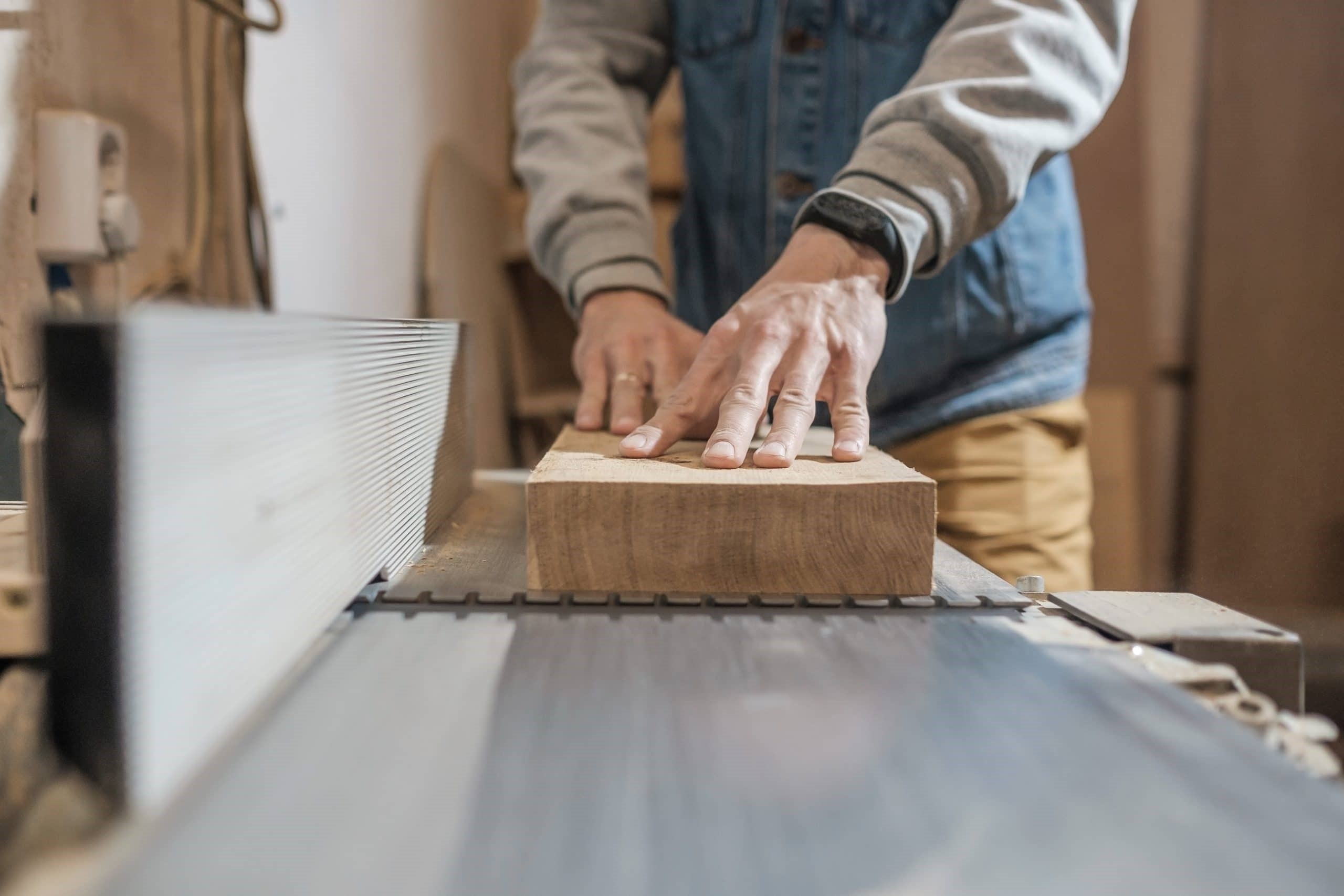
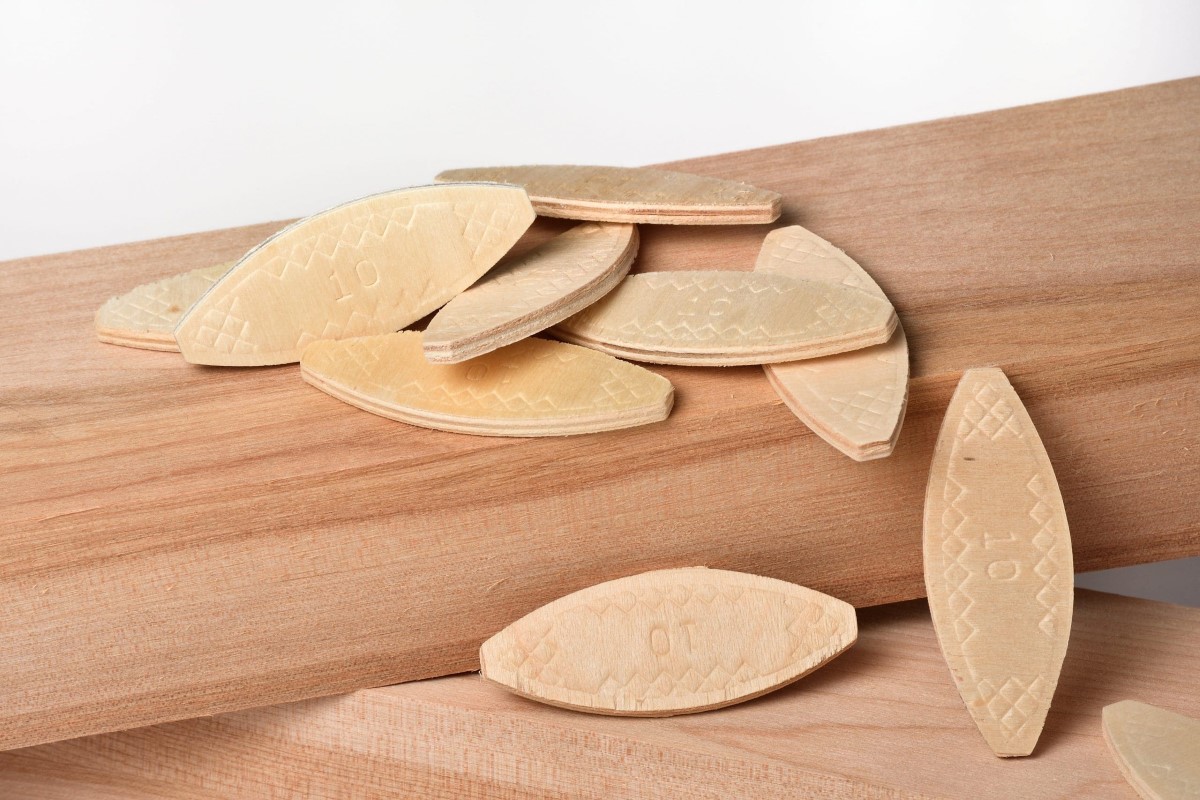
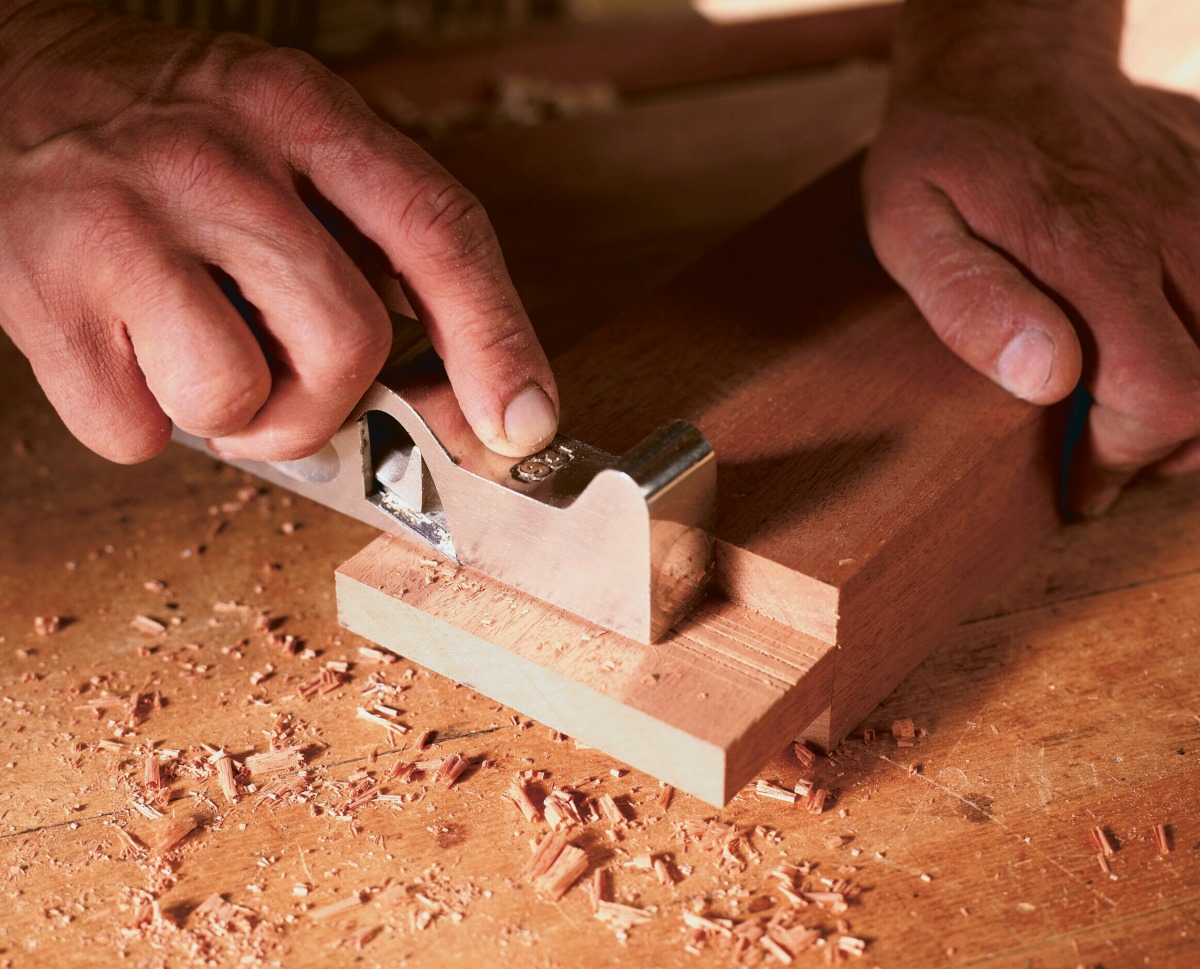
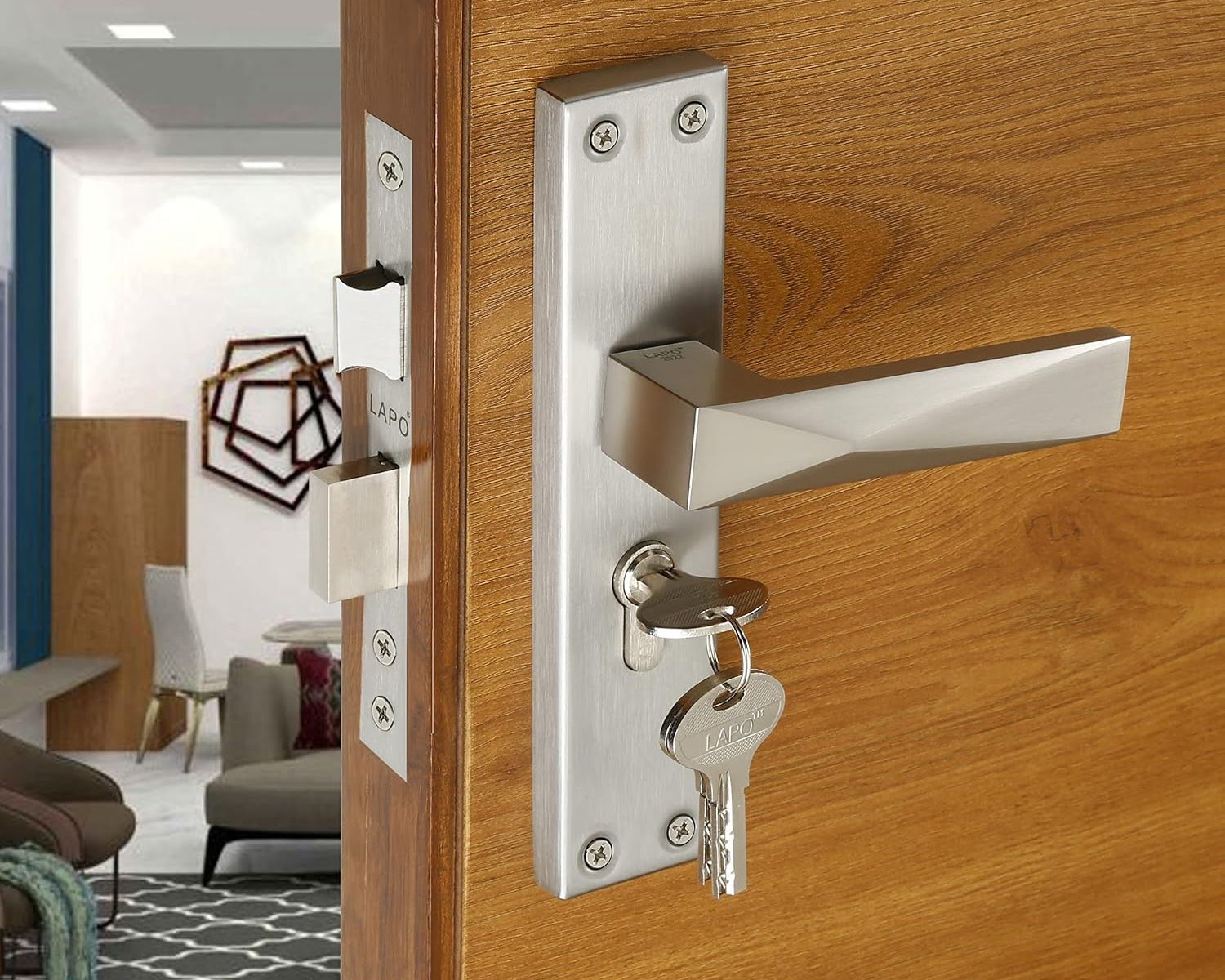

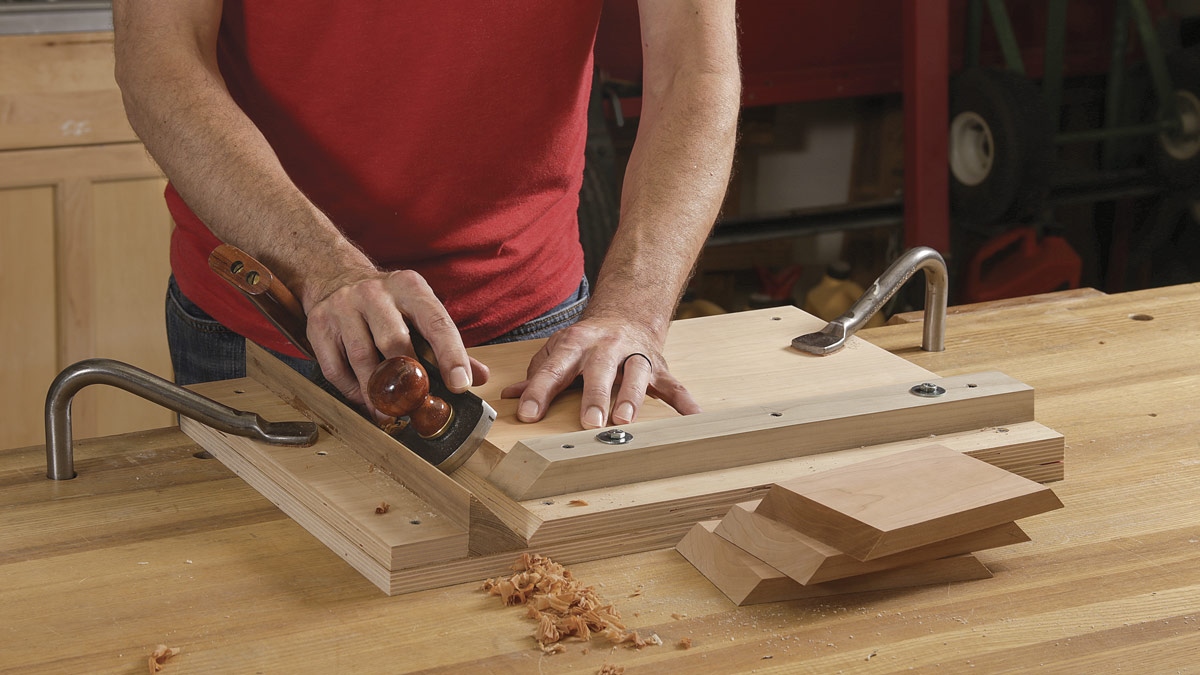


0 thoughts on “What Is A Mortise In Woodworking”